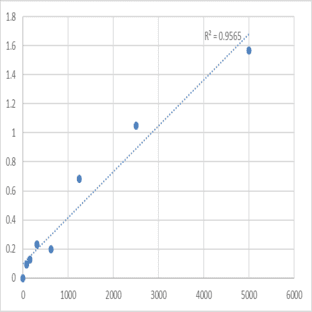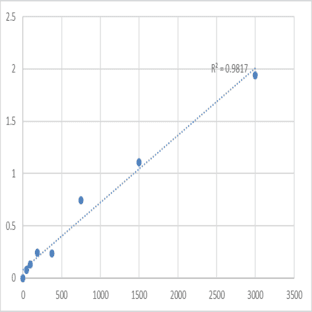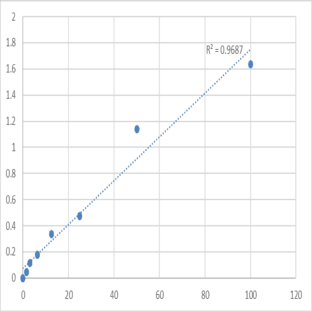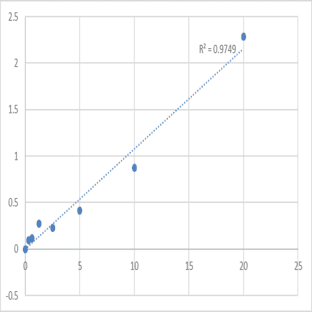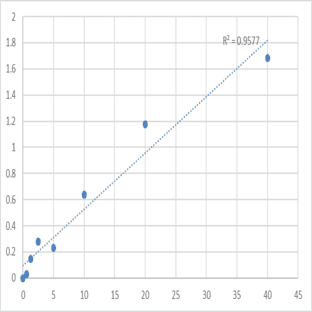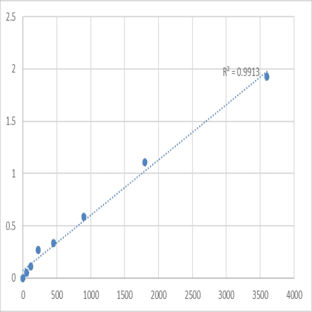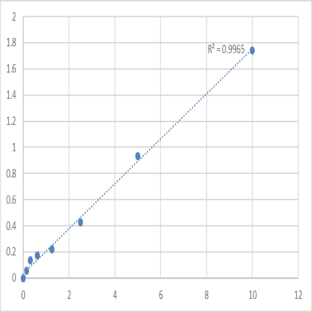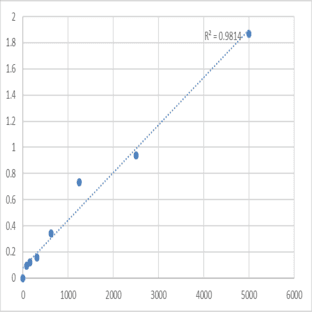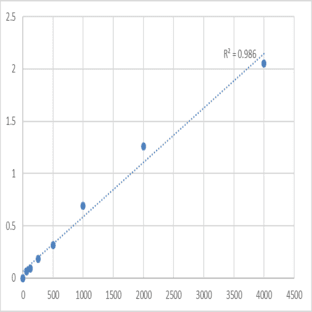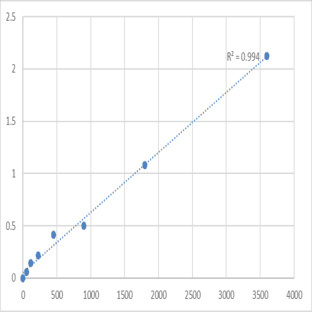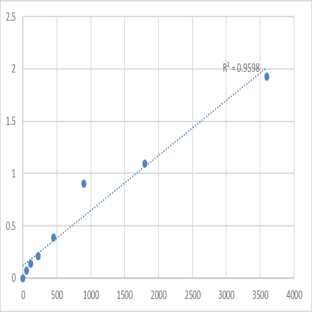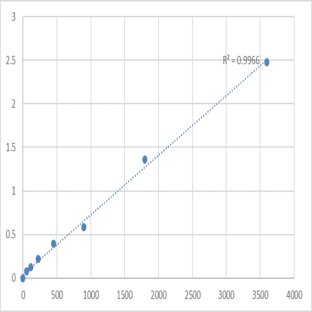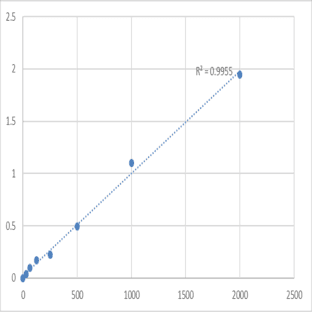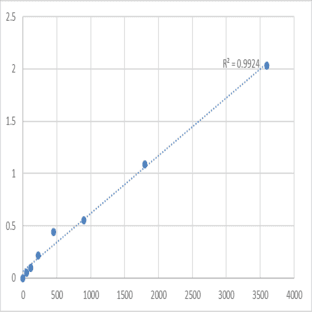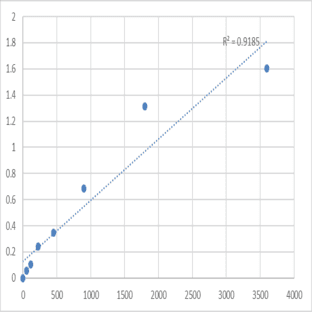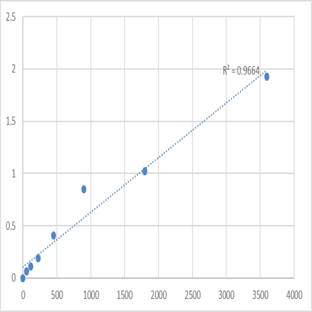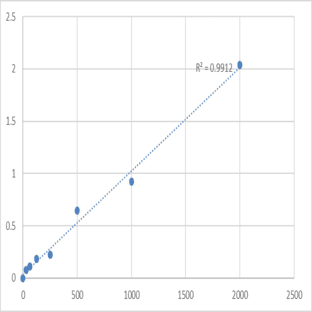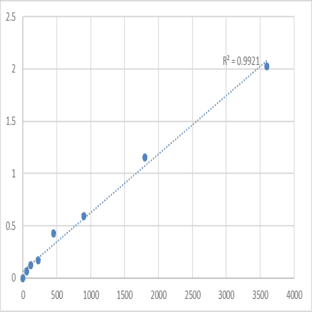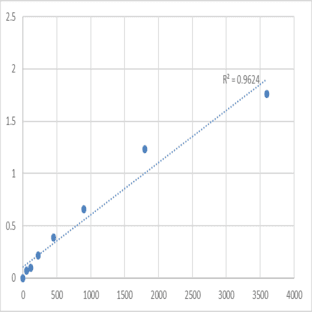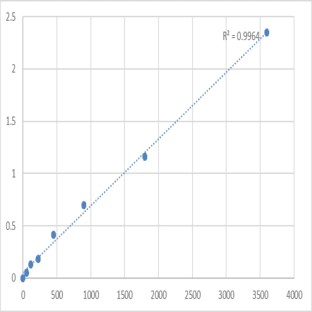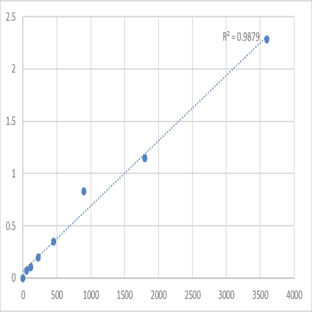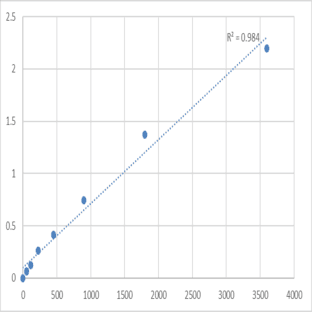Abbkine Scientific Co.Ltd.
Our mission is to help make research possible by supplying scientists worldwide with the basic research tools necessary for advancing human and animal health. We would achieve these goals through a well-defined core strategy and a company culture that fosters integrity, openness, and collaboration, and rewards customer focus, innovation and ownership, thus offer global life science researchers with the highest quality products with an affordable pricing policy.
Abbkine started featured and exclusive products from protein detection tools and devoted to developing and providing the most innovative solutions for global customers covering all kinds of antibodies, biochemicals, proteins and assay kits. We're proud to provide below featured portfolio and will continue focusing on providing innovative, high quality and cost-effective life science research and diagnosis products.
• Full portfolio of epitope antibodies and internal control antibodies with custom conjugates;
• Full portfolio of phospho-specific and featured methylation-specific antibodies with small size;
• Top sale secondary antibodies with IFKine series for IF and IPkine for IP-WB analysis;
• Full portfolio of protein purification tools with high quality and competitive price;
• Top sale recombinant cytokines and growth factors;
• More Cell function analysis kits, ELISA kits and cell tracking reagents
Moreover, we have established technical service platforms for ELISA customized service, immunoassay service and protein expression and purification service, to provide one-stop experimental service with professional knowledge, facilities and attitude. Abbkine is aligned with, and responsive to, our customers’ ever-changing needs, making Abbkine a preferred discovery partner internationally.
Showing 24 of 2500 results
Product A-Z
Applications
ELISA
Reactivities
Hum
Applications
ELISA
Reactivities
Hum
Applications
ELISA
Reactivities
Hum
Applications
ELISA
Reactivities
Hum
Applications
ELISA
Reactivities
Hum
Applications
ELISA
Reactivities
Hum
Applications
ELISA
Reactivities
Hum
Applications
ELISA
Reactivities
Hum
Applications
ELISA
Reactivities
Hum
Applications
ELISA
Reactivities
Hum
Applications
ELISA
Reactivities
Hum
Applications
ELISA
Reactivities
Hum
Applications
ELISA
Reactivities
Hum
Applications
ELISA
Reactivities
Hum
Applications
ELISA
Reactivities
Hum
Applications
ELISA
Reactivities
Hum
Applications
ELISA
Reactivities
Hum
Applications
ELISA
Reactivities
Hum
Applications
ELISA
Reactivities
Hum
Applications
ELISA
Reactivities
Hum
Applications
ELISA
Reactivities
Hum

Explore our products
Show all categoriesTop suppliers
United States Biological
230753 products
Carl Zeiss Microscopy
27 products
Promega Corporation
11 products
Panasonic Healthcare Company
5 products
Life Technologies
1 products
Nikon Instruments Europe
11 products
Olympus Europa Holding GmbH
3 products
Leica Microsystems, Inc.
10 products
GE Healthcare Life Sciences
2 products
Tecan Trading AG
19 products
Beckman Coulter, Inc.
1 products
AB SCIEX
3 products
BD (Becton, Dickinson and Company)
1 products
RANDOX TOXICOLOGY
5 products
Randox Food Diagnostics
6 products

